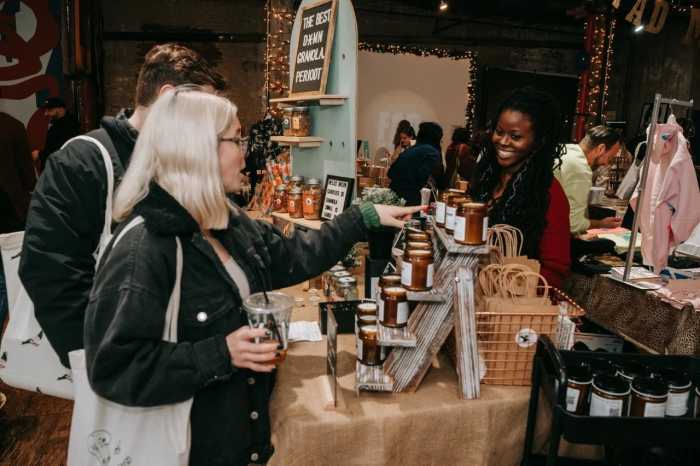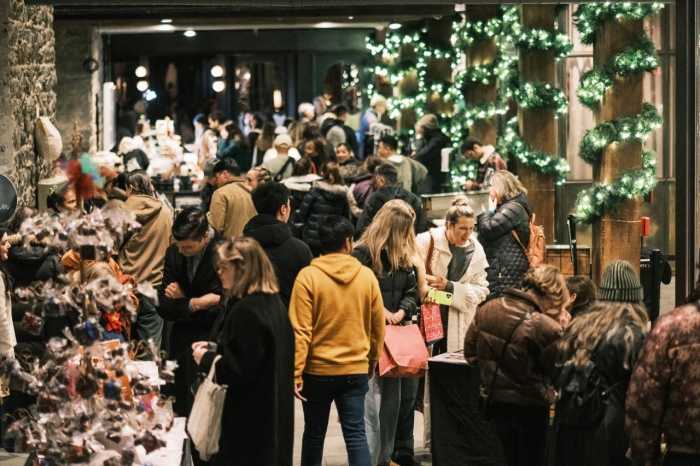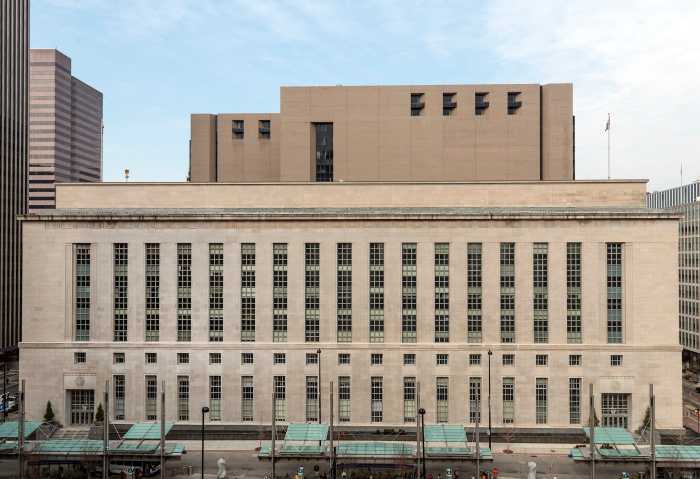There’s an old poem that I came across that only someone in the wine trade could truly appreciate: it’s the lament of an old man who has spent his entire life in the wine business, traveling, tasting, learning and buying. He knows the soil of the vineyards the grapes have grown in, he knows the cellars they were made in. He has worked with great Chefs matching wines perfectly with their dishes. He has filled his cellar with outstanding wines from the best vintages, cellared them so that they are at their peak, ready for the enjoyment and pleasure of his guests, and all anyone ever asks him is: “Is it dry?” There is no doubt that the question I am asked more often than any other is: “Is it dry?” but when I ask, in return, “What do you mean by dry?” not one person in one hundred actually knows what they mean. Here’s what “dry” means with wine: not sweet. Period. Sweet wine is never dry, and dry wine is never sweet. It’s that simple. In order to fully understand the difference between dry and sweet, and how wines get that way, we really have to take a look at fermentation. Fermentation is the process wherein sugar is converted into alcohol by the action of yeast, giving off CO2 and heat as byproducts. More sugar, potentially, equals more alcohol. As a rule, grapes from cooler climates have less sugar at maturity than grapes from warmer areas do. This disparity in the amount of sugar in the grapes is why so many German wines, for example, can be perfectly dry at 8 or 9 percent alcohol, while Napa Valley wines often come in at mouth-numbing 15 percent yet still have residual sugar in them. Still, sugar levels before fermentation do not always directly relate to sugar levels after fermentation. The sweetness that we taste in wine is from the sugar in the grapes that is not transformed into alcohol during fermentation. This is called Residual Sugar. What is often confusing for people who are just beginning to learn about wine is learning to differentiate the taste of sweetness (sugar) with the taste of fruit. There are plenty of wines that are dry (low in sugar) yet smell and taste of ripe fruit. Many of these are terrific warm weather wines, delicious by themselves or with light foods. Some of them are absolutely wonderful “food wines”, matching well with a wide range of dishes. The white wines from Germany and Alsace come immediately to mind. If you haven’t tried Choucroute Garnie, “real” sauerkraut with several cuts of fresh and smoked pork and pork sausages with a cold, crisp Riesling or Pinot Blanc, you’re missing out on one of life’s great pleasures. The fermentation process stops naturally when either all of the available sugar has been turned into alcohol or when the alcohol level has become high enough to kill off the yeast cells. Different strains of yeast can survive in varying concentrations of alcohol. A wine maker can stop the fermentation by chilling the wine and then filtering the yeast out, leaving intact a desired level of residual sugar. Fortified wines such as Sherry, Madeira, Marsala and Port have pure alcohol added to stop fermentation, preserving their naturally high levels of sugar. In the United States, sweetness in wine is most often thought of as something to avoid, and I can’t understand why. We consume far more sugar in its many forms than the people of any other nation, yet we can’t imagine drinking a wine with more than a trace of it. Cola drinks contain the same amount of sugar that you’d get if you took your morning coffee with five sugars! Even dessert wines aren’t that sweet. Most of us will admit that we’ve enjoyed a slice of pizza, a hot dog or a hamburger with a cola, right? Why not try a wine that’s about one tenth as sweet? A bit of residual sugar in your wine can often help to balance the flavor of a dish. Two weeks ago, I wrote about Vouvray and mentioned a dish with a simple cream sauce that complimented the wine beautifully: that “just a touch” of sweetness was just what the dish needed. It’s all about balance, really… but that’s what we’ll talk about next week.
























